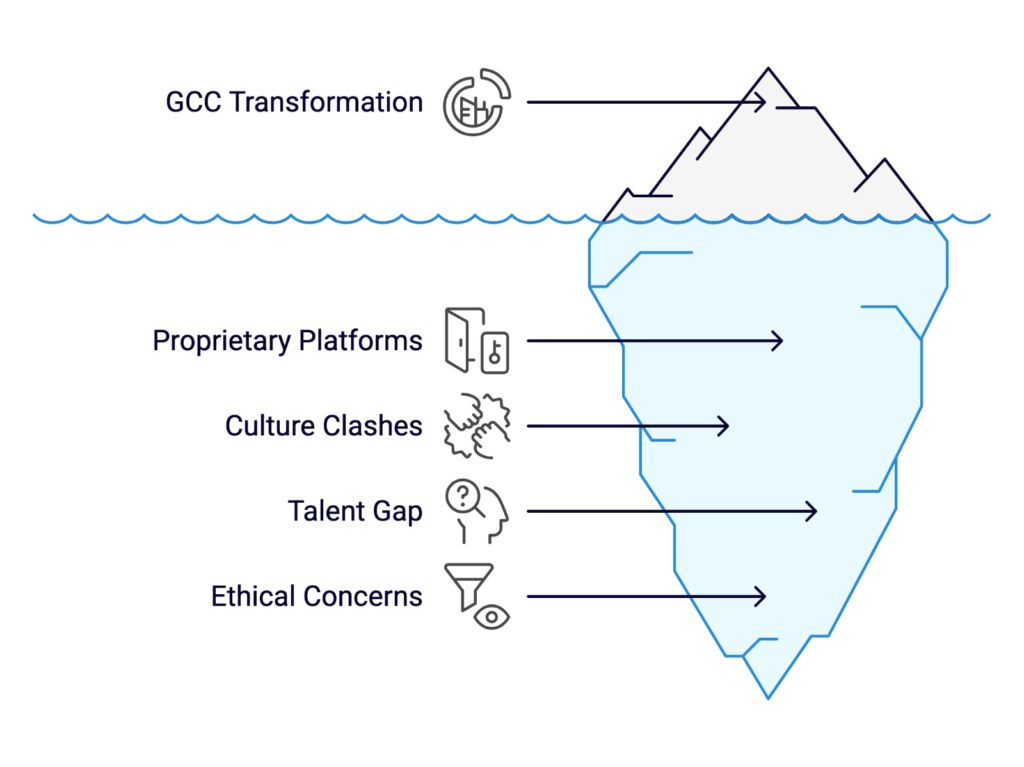Rethinking Outsourcing in a Tech-Driven World
Outsourcing isn’t just a line item in the budget anymore. It’s fast becoming a core lever for competitive advantage. As technology continues to weave itself into every layer of business operations, the old rules of outsourcing are being rewritten.
Tech-Enabled Outsourcing is stepping into the spotlight—moving beyond transactional contracts to forge real, outcome-focused partnerships. These aren’t just service providers—they’re collaborators, co-innovators, and growth allies.
Why the Old Model No Longer Cuts It
There was a time when outsourcing meant cheap labor and round-the-clock support. That model—efficient, yes, but rigid and uninspired—is losing relevance fast.

A recent research report shows that a growing majority of companies now view outsourcing as a strategic enabler:
- 78% use it to access new technologies and innovation
- 65% of tech organizations engage multiple outsourcing partners for critical business processes
The industry is shifting toward integrated, outcome-based engagement models. The expectations have changed—from ticking SLA boxes to delivering real business value: faster market launches, improved customer loyalty, sharper competitive edges.
Real-World Shift: Microsoft and Infosys
Look at Microsoft and Infosys. Their partnership didn’t stop at IT help desks. Together, they built cloud-native platforms and rolled out intelligent automation across systems.
The emphasis was never on hours billed—it was on innovation delivered. From seamless cloud migrations to operational agility, this is Tech-Enabled Outsourcing at its best: adaptive, integrated, and built for the long haul.
What’s Fueling the Change: Three Tech Anchors
If you want to understand why digital outsourcing partnerships are exploding in value, look at the tech stack underneath.
1. AI in Outsourcing
AI is no longer a shiny add-on. It’s table stakes. From automating routine tickets to predicting system failures, AI in outsourcing helps firms stretch capacity and boost uptime.
Example: TCS’s ignio™
- Reduced mean time to detect and resolve IT incidents by up to 90%
- Automates routine operations, minimizes errors, and frees human teams for higher-value tasks
2. Cloud-Native Outsourcing
Forget legacy hosting. Today’s models are built on microservices, containers, and serverless architecture.
Example: JPMorgan Chase’s innovation hub in Bengaluru
- Leveraging hybrid-cloud infrastructure and agile engineering
- Achieved 20% faster product feature delivery globally over two years
3. Data-Driven Outsourcing
Data-driven outsourcing is now essential. Partners must provide embedded analytics, predictive dashboards, and real-time insight streams.
But with great data comes great responsibility:
- Bulletproof governance
- Ethical oversight
- Tight compliance—especially in regulated industries
The Risk Equation: It’s Not Just About Speed
With power comes complexity. The same tech stack that powers modern outsourcing also brings new vulnerabilities.
Regulators are responding:
- By 2024, contracts required clear terms on AI use, operational resilience, and transparency
- Reuters reported spikes in third-party audits and risk exposure assessments—especially in financial services
This is not just compliance—it’s the new baseline for responsible Tech-Enabled Outsourcing.
The New Map: Who’s Leading Where?
Geography still matters—but not for the old reasons.
- India remains a digital engineering powerhouse with IT services exports set to exceed $224 billion in FY2025
- The Philippines is branching into healthcare analytics and AI training, targeting 2.5 million jobs by 2028
- Latin America is emerging as a nearshore hub for North America—especially in fintech and software development
But challenges remain: inconsistent regulations, emerging talent gaps, and political uncertainty.
The Hidden Risks No One Talks About

Behind the glossy case studies, some serious pain points lurk:
- Lock-in to proprietary platforms with limited flexibility
- Culture clashes that stall momentum
- Talent shortages in cloud and AI skills
- Ethical dilemmas in AI usage and data handling
Ignore these risks, and you undermine the very value you aimed to capture.
The Five Pillars of Tech-Enabled Outsourcing
| Pillar | What It Means |
|---|---|
| Strategic Integration | Partners should be involved during planning, not just execution. |
| Outcome Orientation | Focus on KPIs like ROI, uptime, and customer experience—not just tasks. |
| Tech Compatibility | Sync up on platforms, cloud maturity, cybersecurity, and R&D cycles. |
| Risk Governance | Establish joint teams, run quarterly audits, and track compliance. |
| Cultural Cohesion | Invest in rituals, training, and leadership alignment to build trust. |
Outsourcing as a Growth Engine—Not a Cost Play
We’ve entered a new chapter.
Tech-Enabled Outsourcing is not just about efficiency—it’s about acceleration, resilience, and reinvention.
The mindset must evolve:
- Procurement must think like transformation architects
- Legal must draft for agility, not just risk protection
- IT must become an enabler, not just an executor
This isn’t about getting more done for less—it’s about building smarter, faster, and together.
In this world of global partnerships, that shore looks like an interconnected, tech-powered, trust-driven future.
